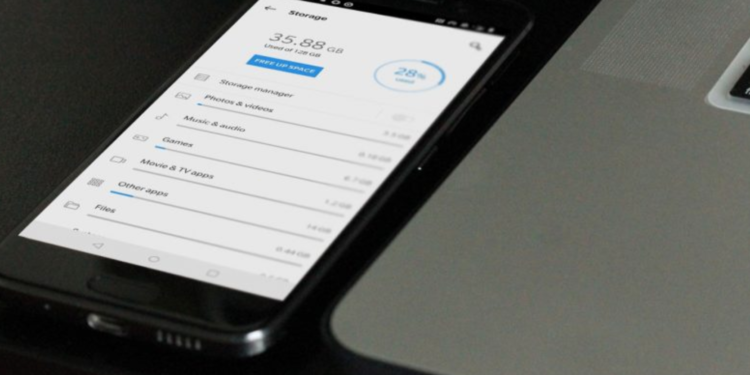Unknown to most android users, device malfunctions such as freezes, shutdowns, or overheating could result from too much data collected by one application. Usually, all that the user needs to do is clear that particular application’s cache and resolve the problem. Knowing this would save you a lot of frustrating moments, time, and money. This article seeks to provide Android users with the steps to follow to resolve cache-related issues. But first, let’s cover some basics.
What Is Android Cache and How to Clear It?
By using any application or visiting any website for the first time, android devices automatically keep some essential data they obtain from the site for future reference. The device holds this data in cache storage for each application and reproduces it as needed. This is like the impressions one forms about a city on their first visit, which they subconsciously etch in their memories, and which they use to remember the city.
Data caching makes interaction with an application or website a lot smoother on revisits because the device can mix previously stored data with new data. This behavior saves a lot of time by ‘recalling’ cached data instead of re-downloading from the website on every visit.
However, data caching is not free from some drawbacks. One major challenge is that android devices may have overloaded an application’s cache with too much data, which can cause some applications to malfunction during use. For instance, it may slow down, freeze, shut down, or even heat your device.
Resolving the Issues
There are several things you can do to resolve cache-related problems, including:
- Executing a factory reset on the device
- Reinstalling the problematic application
- Clearing the application’s cache
The procedure of resetting the phone to the factory settings will basically clear every piece of data you ever stored in its memory. To avoid unintended data loss, do a backup. Then, go over the process of reinstalling all the apps you lost. You are starting all over from ground zero, after all.
The second option requires far less time and effort. To uninstall and reinstall the application will automatically clear the cache and give the app a fresh start. However, all data that you saved, including your account details or any other information, will be wiped out, and you will have to provide this information again from scratch. Also, keep in mind that larger applications will require a considerable amount of time to reinstall.
The third option is by far the most direct and most straightforward approach because it goes to the heart of the issue. Clearing the cache of an application is essentially what you need to do to put the app back on track.
7 Steps to Clear Cache
Specific steps to clearing cache on Android phones and tablets differ from one device to the other. Still, the principle is the same: aim at locating the particular application and clearing its cache. For illustration, let us use the steps for the Samsung S10 Plus.
- From the home screen, slide down the notification panel.
- Tap the gear icon to open Settings.
- On the settings menu, tap Apps.
- Choose the app you’re having issues with from the list of apps on the drop-down
- Tap Storage
- Tap Clear Cache
- Return to the home screen
Final Thoughts
Despite the importance of this exercise, clearing the cache should be done sparingly. If you do it too often, it will defeat the very purpose for which android devices are caching data. Then, each visit to even the most basic websites will always be a fresh experience for our devices. Religiously clearing cache only confines devices to an endless cycle of downloading, losing, and re-downloading the same data repeatedly. Also, user-interactivity with a website may be impaired when a device’s JavaScript is disabled. You should learn how to enable JavaScript on android to handle this and ensure an enjoyable surfing experience.














